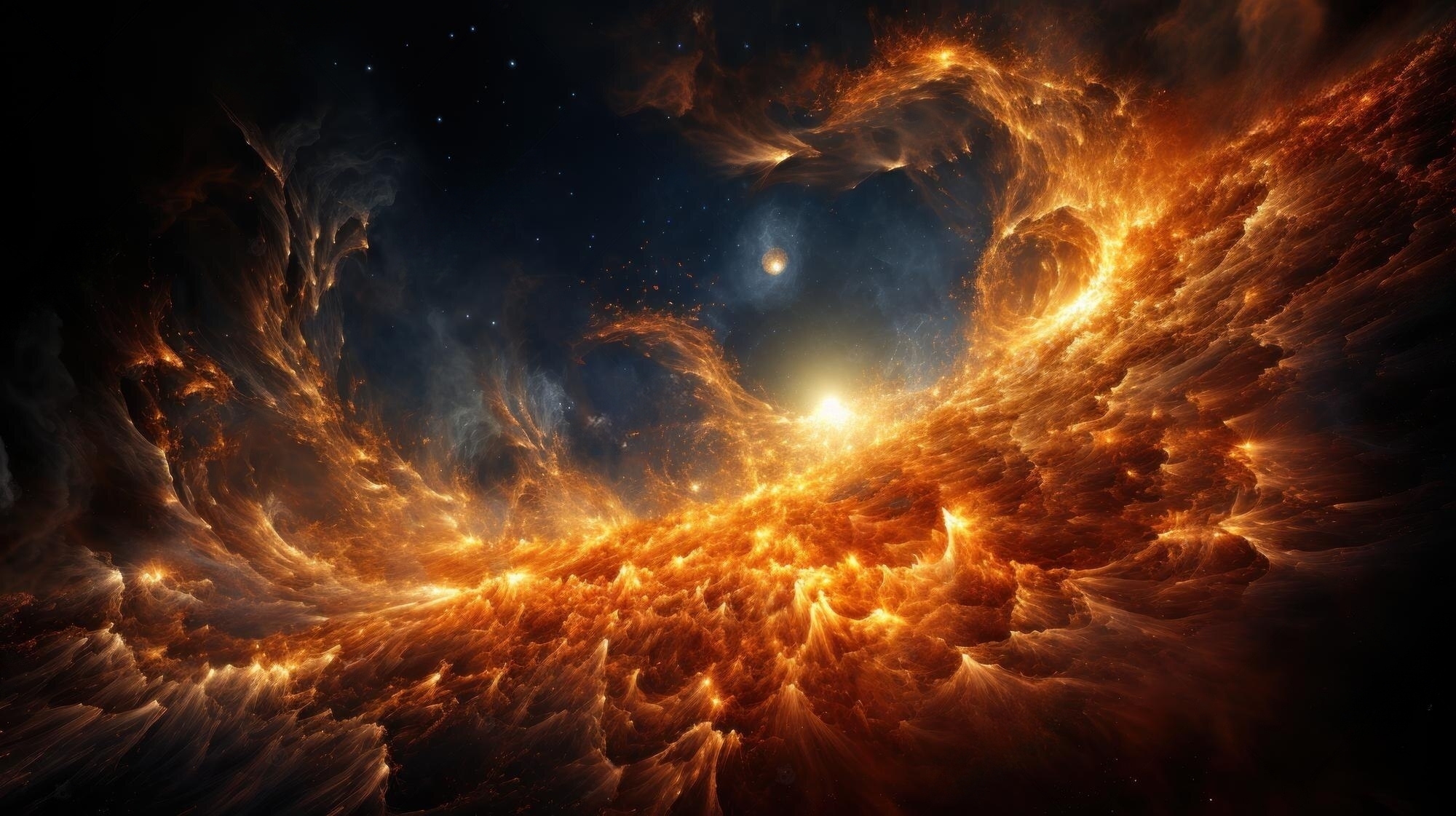Introduction
In the vast cosmic tapestry of the universe, there exists a mysterious and elusive entity that has long perplexed scientists and astronomers. This enigma, known as dark matter, defies our understanding of the cosmos. It exerts a powerful gravitational force, shaping the galaxies we observe, yet it remains invisible to our instruments and detectors. In this exploration, we delve into the world of dark matter, unraveling its significance, the evidence supporting its existence, and the ongoing efforts to uncover its nature.
Chapter 1: The Cosmic Conundrum
The puzzle of dark matter begins with our observations of galaxies. When we gaze at the stars and galaxies in the night sky, we can’t help but wonder about the forces at play that hold them together. The laws of gravity, as articulated by Sir Isaac Newton, seem to account for the gravitational pull exerted by visible matter, such as stars and gas. However, as our understanding of astrophysics and cosmology deepened, it became evident that there was a missing piece to this celestial jigsaw puzzle.
Chapter 2: Galactic Anomalies
As astronomers peered deeper into the cosmos and conducted meticulous observations, they stumbled upon a series of enigmatic anomalies. Galaxies seemed to be behaving as if they had more mass than what could be accounted for by the visible matter alone. The rotational velocities of stars and gas at the outer edges of galaxies didn’t conform to the predictions based solely on the observable matter. Instead, they indicated the presence of an additional, unseen source of gravity. This discrepancy raised a compelling question: What is the missing matter that eludes our telescopes?
Chapter 3: Dark Matter Hypothesis
The notion of dark matter emerged as a possible explanation for these puzzling observations. Scientists proposed that there exists a type of matter, different from the atoms that make up stars, planets, and galaxies, which doesn’t interact with light or other electromagnetic forces. This “dark” matter would primarily interact through gravity, thus remaining invisible to traditional forms of observation.
Chapter 4: Gravitational Evidence
While dark matter itself may be elusive, its gravitational effects leave discernible traces in the cosmos. One compelling piece of evidence comes from gravitational lensing—the bending of light by massive objects. Observations of gravitational lensing have revealed that there are massive, invisible structures in the universe, exerting gravitational influence on the path of light.
Additionally, the cosmic microwave background radiation—the afterglow of the Big Bang—provides another clue. Minute fluctuations in this radiation, as measured by instruments like the Planck satellite, indicate the presence of dark matter and its role in the large-scale structure of the universe.
Chapter 5: Galaxy Clusters and the Bullet Cluster
The study of galaxy clusters, vast conglomerations of galaxies bound together by gravity, has offered further confirmation of dark matter’s existence. In particular, the Bullet Cluster is a striking example. It consists of two galaxy clusters that have collided. The visible matter, such as hot gas, has interacted and slowed down due to collisions, creating a separation between the visible mass and the gravitational mass, which is primarily dark matter. This spatial offset provided compelling direct evidence for dark matter’s existence.
Chapter 6: Candidates for Dark Matter
While we have compelling evidence for dark matter’s presence, its true nature remains elusive. Scientists have proposed various candidates for dark matter, including Weakly Interacting Massive Particles (WIMPs), axions, and sterile neutrinos. These particles possess characteristics that make them suitable candidates for composing the invisible cosmic enigma.
Chapter 7: Dark Matter Detection
Detecting dark matter is one of the most challenging quests in modern physics. Numerous experiments are underway worldwide to capture a glimpse of these elusive particles. Some experiments, like those deep underground in abandoned mines, aim to directly detect dark matter particles as they pass through Earth. Others, such as those conducted at particle colliders like the Large Hadron Collider (LHC), seek to produce dark matter particles indirectly by recreating the conditions of the early universe.
Chapter 8: Unveiling the Cosmic Mysteries
The pursuit of dark matter is not only a scientific endeavor but also a philosophical one. Understanding the nature of dark matter has profound implications for our comprehension of the universe’s structure, evolution, and fate. It holds the key to unlocking some of the universe’s deepest secrets, from the formation of galaxies to the fate of the cosmos itself.
Conclusion
Dark matter remains one of the greatest cosmic enigmas of our time. Its presence is evident through its gravitational influence, yet its true nature remains shrouded in mystery. As scientists continue to develop new detection methods and refine our understanding of particle physics, we inch closer to unravelling the invisible threads that hold the universe together. The quest for dark matter not only challenges our scientific knowledge but also beckons us to explore the uncharted realms of the cosmos, where the answers to some of our most profound questions may await discovery.
